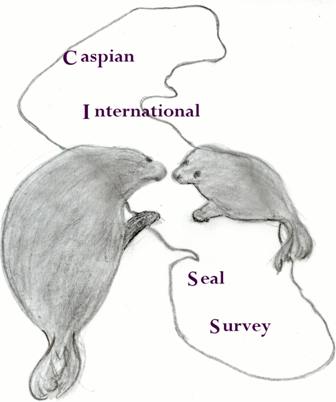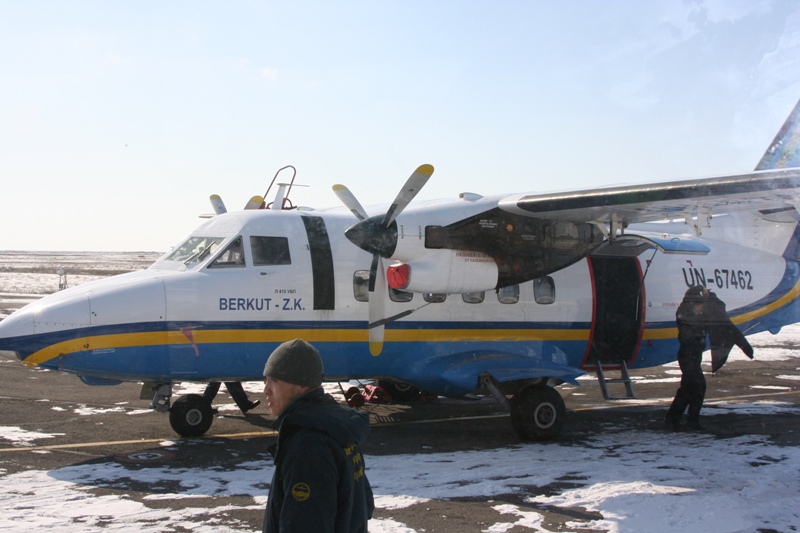Caspian Seal International Survey (CISS)

Background to CISS
The World Bank’s ECOTOX project (2000-2002) expressed concern about multiple threats to the Caspian seal and anecdotal information suggested declining abundance. Although the most recent of the surveys during the Soviet era suggested a total population size of about 360-400,000, with an annual pup production of about 46,000 (Krylov, 1990), the methodology of these surveys was not transparent and the data on which these figures are based are not available.
At the time when the Darwin application was being submitted, it was evident that the most urgent question to be answered with regard to Caspian seal conservation biology was a new survey, using modern transparent methodology, to determine the true size of the remaining population of the species.
Almost all breeding females of the species migrate to the northern part of the Caspian in late autumn and early winter and give birth on the newly formed ice-field from late January. There are a very small number of pups born on ice-free islands in Turkmenistan and elsewhere, but the numbers are thought to be a few tens at most. For all practical purposes, therefore, the Caspian seal species is regarded as a single breeding population and a census of the number of seals, including newborn pups, on the ice-field must made in order to assess the species abundance and annual pup production.
Formation of the CISS team
An ice-field survey of this magnitude was evidently going to be beyond the potential Darwin budget. The Darwin team therefore initiated the formation of a specialist ice survey team to work alongside the Darwin project, but funded separately. Dr Tero Härkönen of the Swedish Museum of Natural History agreed to lead this survey, and he immediately gathered together his team with the expertise and experience of surveys of ringed seals on the ice in the northern Baltic Sea. This team, together with the incipient Darwin project team, together visited Kazakhstan in October 2004 and met with representatives of the Kazakh Government Fisheries Committee, Ministry of the Environment and the Centre for Fisheries Production and Research (FRPC). These meetings marked the start of a wonderful working relationship between the CISS team, Darwin project and the Kazakh government.
Together with the FRPC, the CISS team carried out the first two surveys across the ice-field in Kazakhstan territory in February 2005 and 2006. These surveys indicated an annual birth of around 17-20,000 pups and a total population size of around 110,000. The number of pups estimated for 2007 was very much lower (fewer than 6,000), probably largely due to the very poor ice conditions that year. The methodology for these surveys is outlined in the aerial survey section.

The Berkut aircraft L410 ready at Atyrau airport for the aerial survey in Kazakhstan
